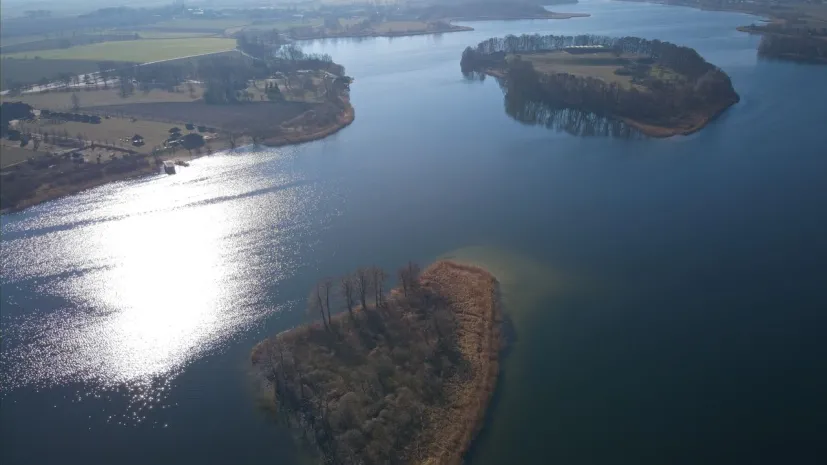
Analyses of Lake Lednica bottom sediments speak about beginnings of Piast state
Scientists have examined the bottom sediments from Lake Lednica (Wielkopolska). The data they have obtained allow to draw conclusions about historical changes in the landscape and the development of the Piast state, including deforestation, popularisation of grain cultivation, development of settlements. The paper on the origins of the Piast state was published in PNAS.
-
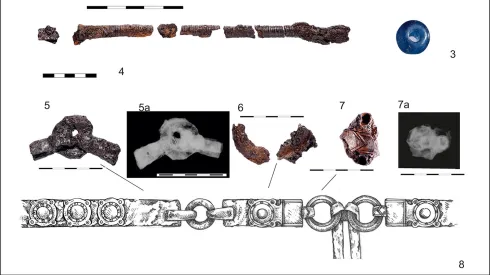
Research on Bornholm's oldest cemetery points to island's key role in Iron Age
Scientists have analysed finds from the Store Frigård cemetery on Bornholm, including such as women's 'Scandinavian belts' and spearheads, common in the region. They indicate that the local community played a key role in transregional contacts and the distribution of goods and people across the Baltic Sea in the Iron Age.
-
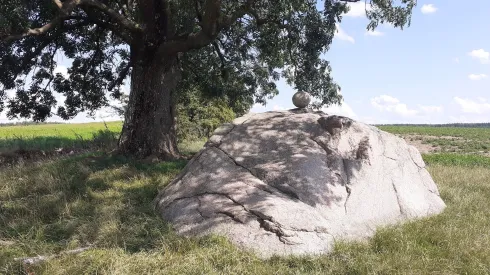
Erratic boulders in legends and science; what giants brought us from across Baltic Sea
A devil's rock - a boulder that a giant carried across the frozen Baltic Sea, a stone left during the Swedish Deluge... Ethnologist Robert Piotrowski, PhD, analyses the stories of erratic boulders from northern Poland - both the scientific ones and those immortalized in legends.
-
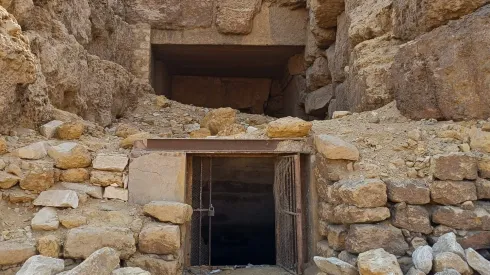
Archaeologists have completed another stage of work in Pharaoh Shepseskaf's tomb
Archaeologists from the Polish-Egyptian mission have completed another stage of research in the tomb of Pharaoh Shepseskaf in Egypt. They conducted research in the burial chamber, collected many fragments of the destroyed royal sarcophagus and began its reconstruction.
-
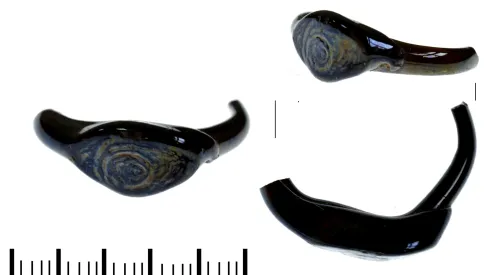
Lead glass jewellery was mass-produced in medieval Poland
Lead glass jewellery was mass-produced in medieval Poland, and the raw material for the production of beads or rings came from Polish deposits. In Poland, there were workshops where semi-finished products were processed and jewellery was made, new research by Polish archaeologists confirms.
-
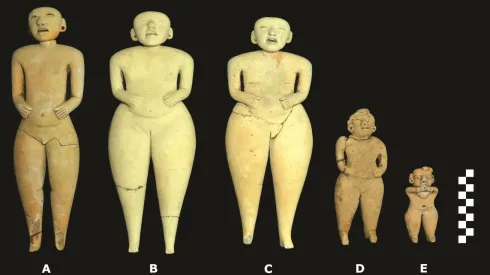
Polish archaeologists discover ceramic figurines on top of pyramid in El Salvador
Archaeologists from the University of Warsaw discovered five ceramic figurines dated to around 400 BCE on top of a large pyramid in San Isidro in El Salvador. The figurines' movable heads and the way they were set up suggest that they were a type of puppets used in ritual scenes.
-

Polish researchers analyse Inca pilgrimages to volcanic peaks
The Incas made pilgrimages to volcano peaks to sacrifice children and women. The pilgrimage movement was an efficient machine, part of which were high-mountain tambos, places of rituals and rest for hundreds of pilgrims. Polish researchers analyse the way they were used.
-
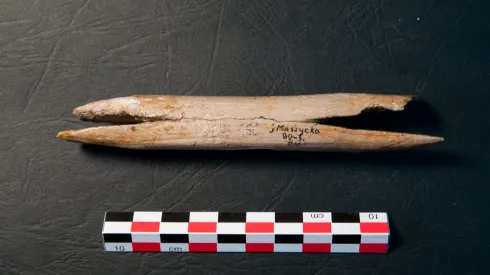
Research confirms cannibalistic practices of prehistoric inhabitants of Maszycka Cave
The latest analysis of over 60 bones from Maszycka Cave (Lesser Poland) shows that people living there 18 thousand years ago practiced cannibalism. This is indicated by traces on the preserved bones, including attempts to extract bone marrow, archaeologist Dariusz Bobak told PAP.
-
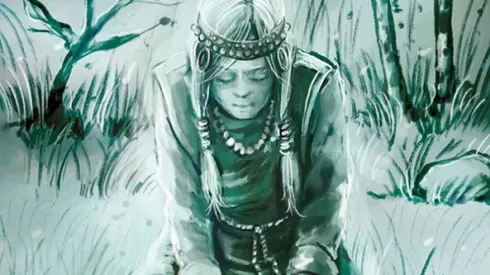
Małopolska/ Researchers discover oldest traces of metal extraction in Poland
Lead ornaments from the early Iron Age from the Silesian-Kraków Upland were made of lead from Olkusz deposits, research shows. They are the oldest confirmed evidence of metal ore mining and metallurgy in the Polish lands.
-
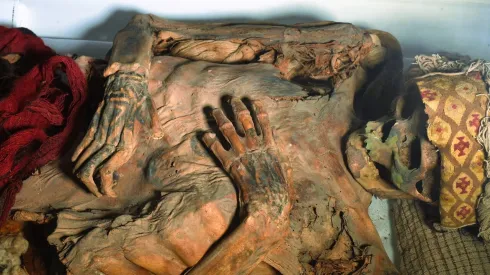
Study: Pre-Columbian tattoos often more intricate than modern ones
Precision of pre-Columbian tattoos often exceeded modern tattooing techniques. The thinnest lines were probably made with a single cactus needle or sharpened animal bone, an analysis of over 100 tattooed human remains of the Chancay culture has shown.













